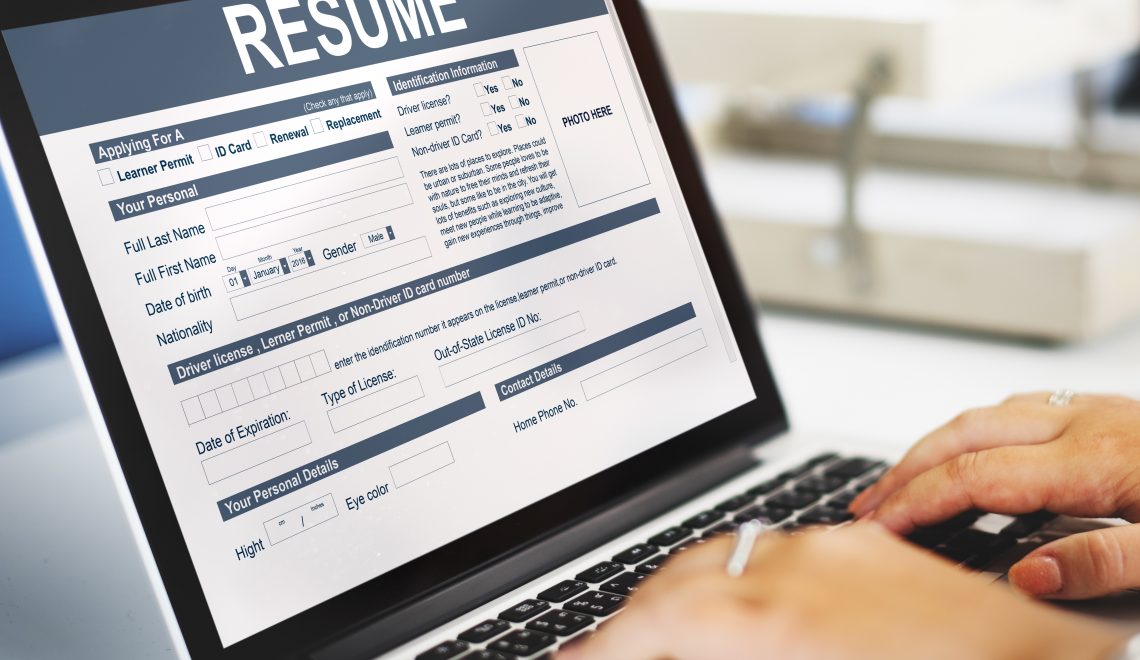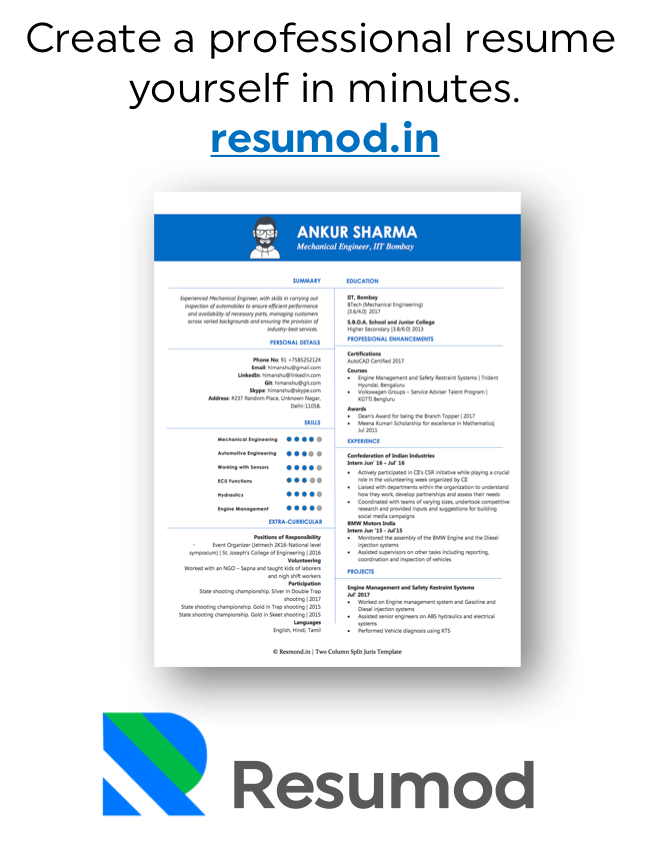Handing in a resignation letter doesn’t need to feel dramatic, but it does matter. Even when the decision to leave is final, the way you communicate it leaves an impression. A clear, professional resignation letter helps you close things out on good terms and shows the same level of respect you brought to the role.
Whether you’re pivoting to a new role, chasing a better work-life balance, or starting your own venture, the resignation letter isn’t just a formality. It’s an industry-standard courtesy that preserves relationships, keeps you compliant with notice periods, and ensures a smooth offboarding.
Here we’ll talk about resignation letter formats, key points to include, and examples you can adapt.
Importance of Resignation Letter
In corporate HR terminology, your resignation letter is a separation document. It formalizes your intent to leave and provides a written record for compliance, payroll processing, and exit management. But beyond paperwork, it’s also a professional courtesy.
Here’s why it counts:
- Clarity: Your manager and HR get the exact date of your last working day.
- Professional Image: Shows you’re closing the chapter gracefully, not ghosting.
- Future References: A well-written letter increases the chances of getting positive referrals later.
- Compliance: Many organizations require it for legal and operational purposes.
Key Elements of a Professional Resignation Letter
Think of your resignation letter as a formal email with three clear deliverables: notice, gratitude, and transition assurance.
Here’s the standard format most industries follow:
- Header (if sending as a document): Your name, designation, and date.
- Addressing Manager/HR: A direct salutation such as ‘Dear [Manager’s Name],’.
- Opening Statement: A straightforward line announcing your resignation and intended last working day.
- Gratitude Note: A short acknowledgement of opportunities, mentorship, or learning experiences.
- Transition Assurance: A line offering to support knowledge transfer or handover.
- Closing: A polite, professional sign-off with your full name.

Tips for Writing a Resignation Letter
- Keep it concise: One page or even a few short paragraphs is enough.
- Avoid negativity: Even if you’re leaving due to challenges, keep the tone neutral.
- Use formal language: No slang, emojis, or casual phrases.
- Follow notice period norms: Double-check your employment contract to align dates.
- Send via the right channel: Usually email to HR and your reporting manager, unless your company insists on a printed copy.
Ready-to-Use Resignation Letter Examples
Here are some plug-and-play samples you can adapt:
1. Simple Resignation Letter
Subject: Resignation – [Your Full Name]
Dear [Manager’s Name],
I am writing to formally resign from my position as [Your Job Title] at [Company Name]. My last working day will be [Date], in line with my notice period.
I truly appreciate the opportunities and support I have received during my time here. It has been a valuable experience, and I am grateful for the learning and professional growth.
I will do my best to ensure a smooth transition by handing over my responsibilities before my departure. Please let me know if I can assist further during this period.
Thank you for your understanding.
Sincerely,
[Your Name]
2. Resignation Letter with Immediate Effect
Subject: Resignation with Immediate Effect – [Your Full Name]
Dear [Manager’s Name],
I am resigning from my position as [Your Job Title] at [Company Name], effective immediately due to [brief reason, e.g., personal reasons or health concerns].
I regret the short notice and apologize for any inconvenience this may cause. I am grateful for the opportunities I’ve had here and the support of my colleagues.
Thank you for your understanding.
Sincerely,
[Your Name]
3. Resignation Letter for Career Growth
Subject: Notice of Resignation – [Your Full Name]
Dear [Manager’s Name],
I would like to resign from my role as [Your Job Title] at [Company Name], with my last working day being [Date].
I am grateful for the projects, mentorship, and exposure I have received here. The decision to move on was not easy, but I am pursuing an opportunity that aligns with my long-term career growth plans.
I am committed to completing my tasks and supporting the transition to ensure no disruption in workflow.
Thank you once again for your guidance and support.
Regards,
[Your Name]
4. Short and Crisp Resignation Email
Subject: Resignation – Effective [Date]
Dear [Manager’s Name],
Please accept this as formal notice of my resignation from [Company Name], effective [Date].
I am grateful for the opportunity to work here and will ensure all pending work is completed before my departure.
Regards,
[Your Name]
Wrapping It Up
A resignation letter isn’t about burning bridges; it’s about building a professional exit strategy. Think of it as your final deliverable to the company – a clean, polished piece of communication that reflects your personal brand.
Keep it short, professional, and positive. Whether you use a simple one-liner or a more detailed version, the goal is the same: leave on good terms, maintain your credibility, and set the stage for strong future references.
If you’re drafting yours today, feel free to copy-paste one of the above examples and adjust it for your situation. After all, the right exit is just as important as the right entry.



![Master Your Self Introduction: Tips for Senior Leadership Interviews [2025 Guide]](https://www.getsetresumes.com/blog/wp-content/uploads/2025/10/business-consultant-working-with-client-1140x660.jpg)

